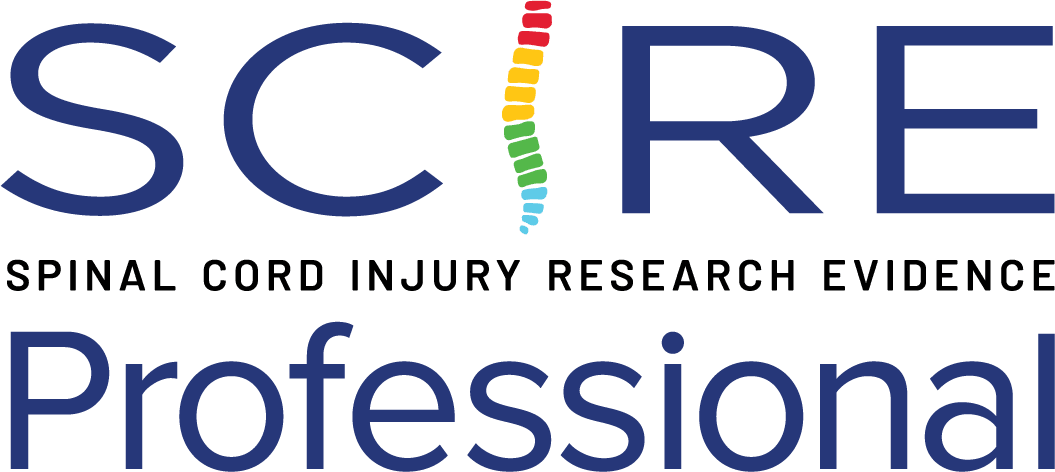- The Action Research Arm Test (ARAT) is a standardized observational performance measure that evaluates a person’s ability to use their arm and hands to handle objects using grasp, grip, pinch and gross motor movements.
- For the performance of the test, the participant is sitting in a chair with a firm back and no armrest:
- Grasp tasks require the participant to lift testing materials from the surface of the table to a shelf located 37 cm above the starting point.
- Grip-related tasks require the individual to grip testing materials and move them from one side of the table to the other.
- Pinching tasks require the participant to perform similar movements to those in the grip subscale, but with the use of a fine motor pincer grip instead.
- Gross movement tasks require the individual to move their testing arm to different resting positions, including on top of their head, behind their head, or to their mouth.
Clinical Considerations
The ARAT is frequently used in clinical neurorehabilitation practice and research, mainly in people with stroke, brain injury or multiple sclerosis. It was originally described by Lyle in 1981 as a modified version of the Upper Extremity Function Test.
ICF Domain
Activity ▶ Mobility
